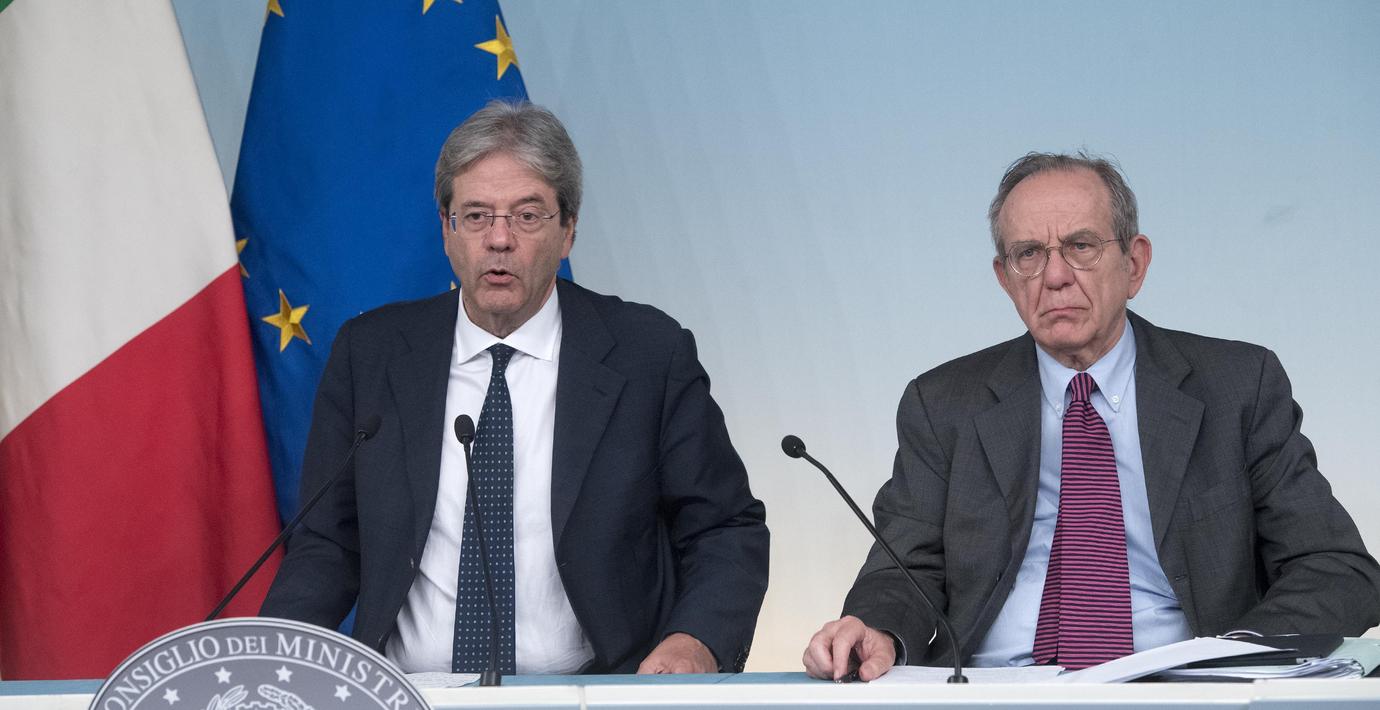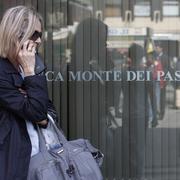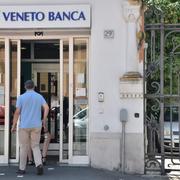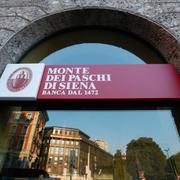
Analys: En kniv i hjärtat och ett slag i ansiktet
Räddningspaketet för de två italienska bankerna innebär att deras tillgångar delas upp i två högar: dåliga och bra. De goda kommer överföras till Intesa Saopaolo, Italiens starkaste bank. 5 miljarder euro från statskassan gör den transaktionen möjlig – pengar som avsätts för att upprätthålla Intesas kapitalvärde.
Upplägget skiljer sig från det när spanska Banco Santander köpte Banco Popular för en euro för två veckor sedan, noterar Bloombergs kolumnist Ferdinando Giugliano. För då tog Santander även över de dåliga lånen.
Nyheten är ett slag i ansiktet på de italienska skattebetalarna och en kniv i hjärtat på eurozonens bankunion, säger Giugliano. För själva syftet med bankunionen var att skydda skattebetalarna från bankerna och bidra till att återupprätta förtroendet för det finansiella systemet.
Han får medhåll av Wall Street Journals Simon Nixon som skriver att upplägget väcker frågor om unionens gemensamma bankregler. För det italienska upplägget utnyttjar ett kryphål: Banker som inte anses systemkritiska kan utan vidare ta emot statligt stöd. ”En märklig situation uppstår där banker som inte är systemkritiska är berättigade statligt stöd medan de systemkritiska bankerna måste bli föremål för fullskaliga räddningsaktioner”, skriver han.



